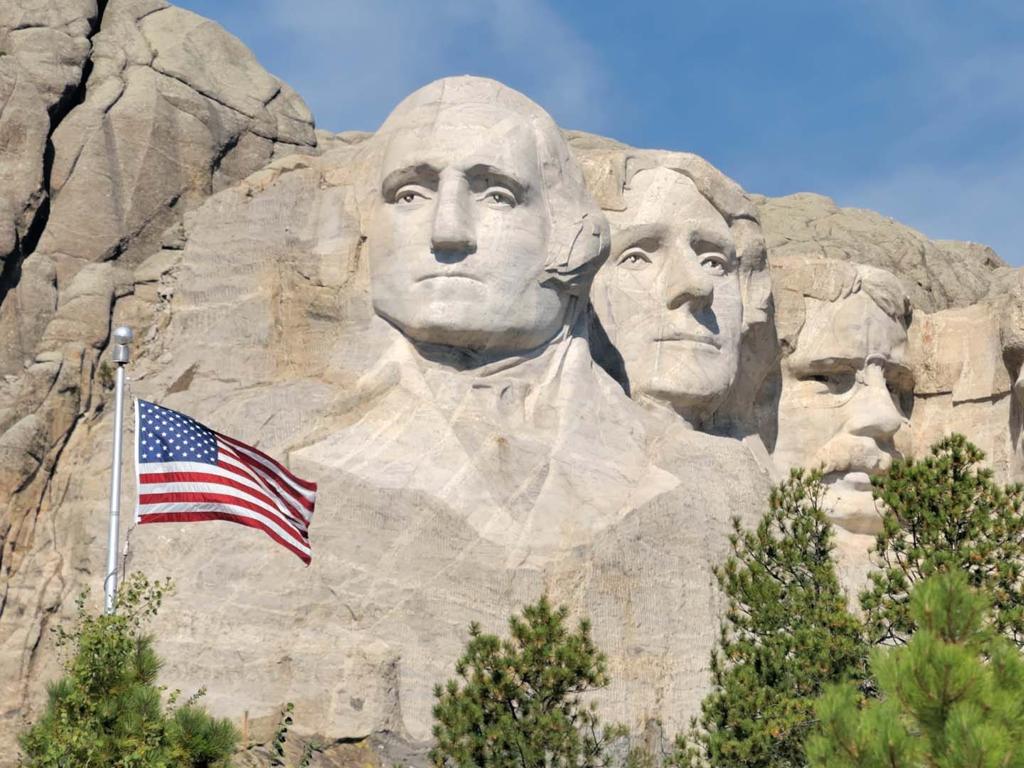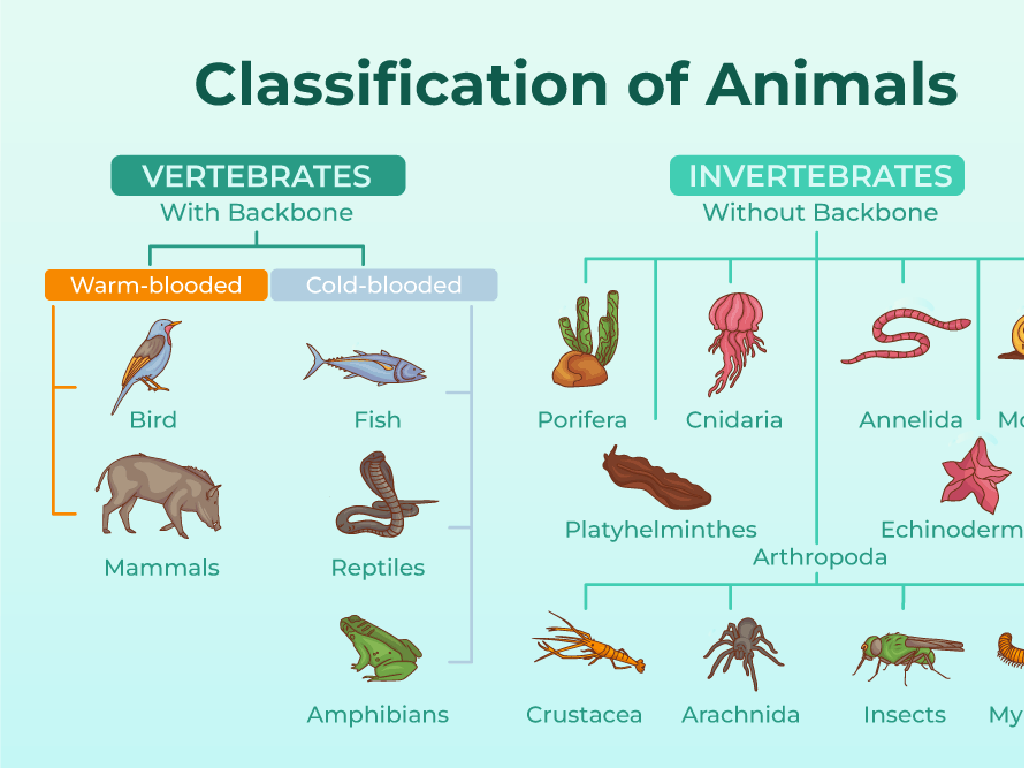Compare Pictures Using Adjectives
Subject: Language arts
Grade: Pre-k
Topic: Adjectives
Please LOG IN to download the presentation. Access is available to registered users only.
View More Content
Welcome to Adjectives!
– Greet our little explorers
– Introduce adjectives
– Words that describe nouns, like ‘big’ or ‘colorful’
– Explain the role of adjectives
– They add details to objects, like ’round ball’ or ‘fluffy cat’
– Prepare for adjective activities
|
Begin the class with a warm and enthusiastic greeting to engage the young students. Introduce the concept of adjectives as special words that help us describe things around us. Explain that adjectives can tell us more about the size, color, shape, and many other qualities of objects and people. Use simple and relatable examples like ‘big truck’ or ‘red apple’ to illustrate the use of adjectives. Prepare the children for upcoming activities where they will practice using adjectives to compare pictures, ensuring to keep the activities fun and interactive to maintain their interest.
Exploring Adjectives
– Adjectives describe things
– They tell us about looks, feels, sounds
– Examples: ‘big’, ‘colorful’, ‘quiet’
– ‘Big’ for size, ‘colorful’ for appearance, ‘quiet’ for sound
|
This slide introduces the concept of adjectives to Pre-K students. Adjectives are words that we use to tell more about nouns, which are people, places, things, or ideas. They can describe how something looks, like ‘big’ or ‘small’; how something feels, like ‘soft’ or ‘hard’; or even how something sounds, like ‘loud’ or ‘quiet’. Use everyday objects in the classroom to demonstrate these adjectives, such as a ‘big’ backpack or a ‘colorful’ poster. Encourage the children to use adjectives to describe their favorite toy or pet. This will help them understand how adjectives can make their sentences more interesting and informative.
Let’s Find Adjectives!
– Observe the park picture
– Describe the slide
– Is it tall, short, colorful, or twisty?
– Describe the trees
– Are they green, tall, leafy, or bare?
– Describe the sun
– Is it bright, warm, yellow, or big?
|
This slide is aimed at helping Pre-k students understand and use adjectives by observing a picture of a park. Start by showing a colorful picture of a park with a slide, trees, and the sun. Ask the students to look at the slide and think of words that describe what they see. Encourage them to use their senses and imagination. For example, the slide could be ‘tall’ or ‘colorful’. Then, move on to the trees, asking for descriptive words like ‘green’ or ‘leafy’. Lastly, have them describe the sun, which could be ‘bright’ or ‘yellow’. This activity will help students associate adjectives with objects and understand that adjectives are words that describe nouns. It’s a fun and interactive way to expand their vocabulary and observation skills.
Comparing with Adjectives
– Adjectives describe things
– Compare big and small animals
– Which animal looks bigger or smaller?
– Use adjectives to spot differences
– Words like ‘tall’, ‘short’, ‘heavy’, ‘light’ help us describe
– Practice with picture comparisons
|
This slide introduces the concept of using adjectives to compare different things, specifically animals, in terms of size. Start by explaining that adjectives are words that describe nouns, such as ‘big’, ‘small’, ‘tall’, and ‘short’. Use visual aids like pictures of animals to engage the students and ask them to compare the animals using adjectives. For example, show a picture of an elephant next to a mouse and ask which one is bigger or smaller. Encourage the children to use adjectives to talk about the differences they see. Provide guidance on how to use these descriptive words and offer praise for their efforts. This activity will help build their vocabulary and understanding of adjectives.
Adjective Practice with Toys
– Describe a teddy bear using adjectives
– Is it soft, cuddly, brown?
– Describe a truck using adjectives
– Is it big, noisy, red?
– Think of descriptive words together
– Learn to compare using adjectives
– How is a teddy bear different from a truck?
|
This slide is aimed at helping Pre-k students understand and use adjectives to describe objects. Show pictures of a teddy bear and a truck and encourage the children to think of descriptive words for each toy. Guide them to use their senses and experiences to come up with adjectives like ‘soft’ for the teddy bear and ‘big’ for the truck. Facilitate a group discussion to help them articulate their thoughts and compare the toys using the adjectives they’ve come up with. This activity will enhance their vocabulary and comprehension of descriptive language. For the teddy bear, words like ‘fluffy’, ‘small’, or ‘brown’ might be used, while for the truck, ‘loud’, ‘fast’, or ‘colorful’ could be appropriate. Encourage the children to explain why they chose each adjective to foster critical thinking.
Class Activity: Adjective Art!
– Draw your favorite animal or toy
– Think of words to describe it
– Big, small, fluffy, hard, colorful
– Write adjectives on your drawing
– Words like soft, bumpy, shiny, etc.
– Share your art and adjectives
|
This activity is designed to help Pre-k students understand and use adjectives in a fun and creative way. Provide them with drawing materials and ask them to draw something they like, such as a favorite animal or toy. Once they have completed their drawings, guide them to think of descriptive words that can be used as adjectives to describe their picture. Encourage them to write these adjectives around their drawing. After everyone is done, have a show and tell where each student presents their drawing and the adjectives they chose. This will help them associate adjectives with real-world objects and understand their descriptive nature. Possible variations of the activity could include pairing students to describe each other’s drawings, using stickers to label the drawings with adjectives, or creating a classroom display with their artwork and descriptions.
Show and Tell: Adjectives in Action
– Share your drawings with the class
– Describe your picture using adjectives
– Use words like ‘big’, ‘colorful’, or ‘happy’ to tell us about your drawing
– Listen to friends’ descriptions
– Pay attention to the describing words your friends use
– Learn new adjectives from others
– Maybe you’ll hear ‘fluffy’, ‘bright’, or ‘loud’ and can use them next time!
|
This slide is for a class activity where students will engage in a show and tell session. Each child will present their drawing to the class and use adjectives they’ve learned to describe it. Encourage them to be creative with their descriptions and to listen carefully to the adjectives their peers use. This will help them expand their vocabulary and understanding of descriptive words. For the teacher: prepare to guide the students in using adjectives, prompt them with questions about their drawings if they’re hesitant, and praise their efforts to build confidence. Possible activities could include guessing games using adjectives, drawing a friend’s description, or matching adjectives to pictures.
Review and Goodbye!
– Recap on adjectives
– Adjectives describe things like color, size, and shape.
– Share a new adjective
– Think of a word you learned to describe a picture.
– Praise for today’s work
– Looking forward to next class
|
This slide is meant to conclude the lesson on adjectives. Start by asking the students what they learned about adjectives to reinforce their understanding. Encourage them to think of one new adjective they used today, which helps with retention and allows them to express what they’ve learned. Offer praise to acknowledge their hard work and participation throughout the lesson. Finally, express enthusiasm about the next class to keep them excited about learning. For the next class, consider bringing in new pictures for the students to practice using adjectives in different contexts.





